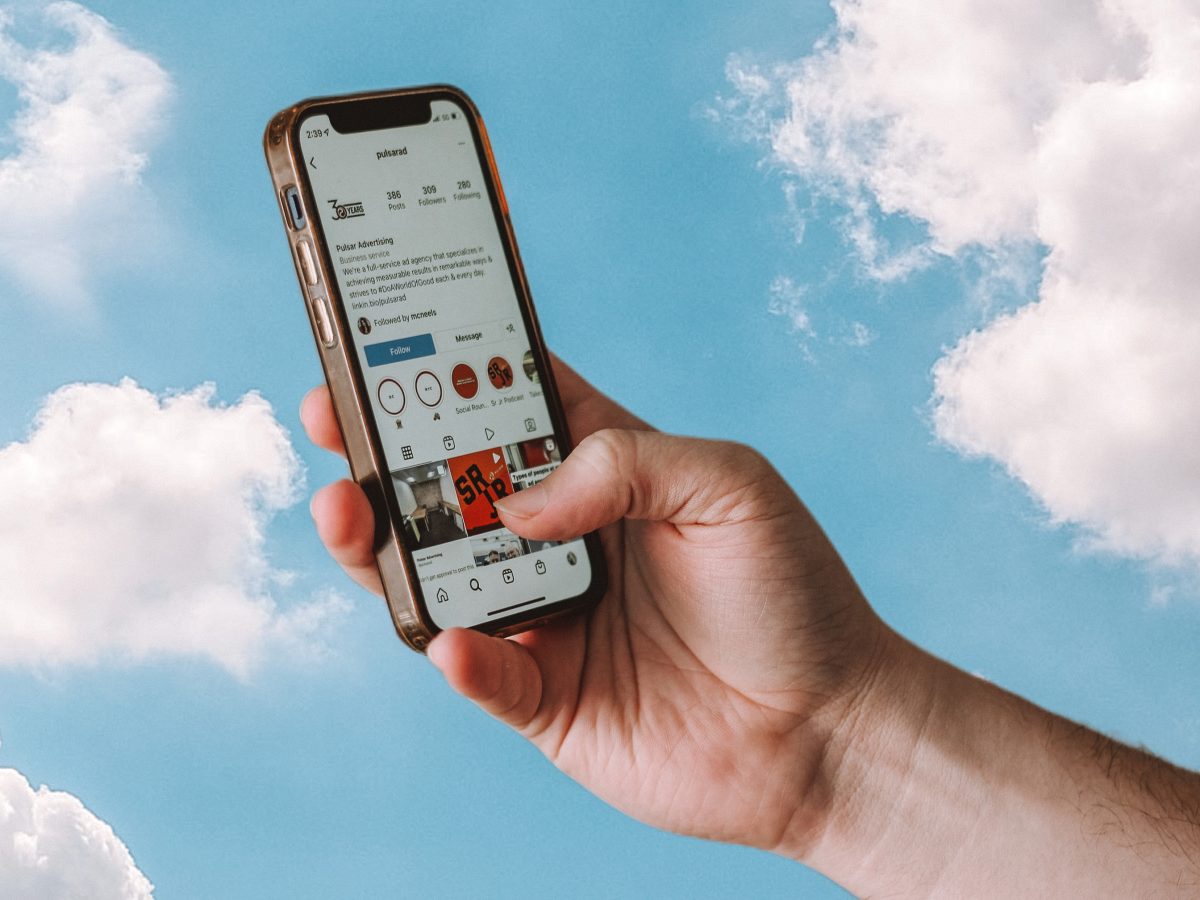Staying Up with the Latest Shifts in Social Media
It’s the first thing you check when you wake up in the morning and the last thing you aimlessly scroll through to fall asleep. But how well do you actually know social media?
Ask just about anybody these days, and they’ll tell you that social media has revolutionized the way we navigate the web, share content, connect with each other, and consume information. And it’s not just our personal lives that have been affected. Social media also allows businesses to engage with their audiences in new and innovative ways, and marketers today have more data on their customers’ thought processes and online behaviors than ever before.
To make the most of all the business opportunities available on social media, marketers like us must constantly “refresh our feeds” to stay on top of all the industry’s developments. Don’t have time for that? Here’s a quick cheat sheet showing some of our latest learnings:
Pandemic Engagement is on the decline
During the pandemic, Americans turned to social media to fill the void of the extra time they were granted. Research shows that the time spent online is beginning to have a steady decline since its initial increase in 2020 as we all venture back to a new normal. Baby Boomers are down to averaging 1 hour and 15 minutes on social media each day, while Gen Xers lead all age groups at 3 hours and 11 minutes a day.. While this data demonstrates that social media may be used to reach people of any age, and that there is a definite tilt toward younger generations, the fact that overall times are down underscores the importance of making sure every social media message you put out there is as powerful as possible.
Pulsar has been able to put this information to use by maximizing our social media efforts and achieving positive effects for our clients, including the Orange County Health Care Agency’s opioid misuse and suicide prevention campaigns, and GTrans’ ridership-increasing 7X Stadium Express promotion.
It’s a great time to tell stories
Facebook remains the favorite app among older generations, and Instagram is still more popular with the younger crowd. But both platforms offer marketers an effective way to stay relevant with what today’s audiences are interested in—stories! Stories on Facebook and Instagram provide an opportunity for brands to interact with their audiences in more meaningful ways.
Many brands are using Instagram Stories as an opportunity to engage with consumers on a more personal level. That’s because people see stories as an extension of their private lives, feeling more comfortable sharing pictures and videos here than they would on their normal newsfeed. In this way, brands can interact with people who already like their brand but may not be following them yet, by giving them an inside look into what life is like at the company’s headquarters, or how employees spend their days off from work. These types of interactions can lead to higher engagement rates because they tap into something rawer than just product promotion: people’s desires to make connections into other peoples’ lives, with no preconceived notions about what will happen next!
Here at Pulsar, we take advantage of this both internally and for our clients. By implementing Stories into our organic social content planning, we’ve been able to interact with our followers and hear directly from them about the content we’re posting, what they want to see, and what content they enjoy engaging with most.
Short video can be sweet video
In recent years, TikTok has exploded onto the social media scene and has been the fastest growing application in the US. The app, which allows users to create and share short form videos with music and special effects, has over 1 billion monthly active users worldwide and over 200 million daily active users in the United States alone.
Short-form video content is incredibly popular among all generations, and is an effective way for marketers to communicate messaging to nearly any audience. We’ve been aware of this trend for a while now, noticing early on that in social efforts for clients like Foothill Transit, our short-form video content consistently outperformed non-video and long-form video content. Leaning into that performance trend has helped us grow clients’ social communities, and increase reach for their crucial real-time updates.
Though TikTok has a reputation for being a young person’s game, engagement has grown most among Gen X (+79%) and baby boomers (+147%) since 2020. Its popularity doesn’t show any signs of slowing yet, and older consumers are playing a leading role in its success. Marketers have taken notice too, as TikTok is currently the most popular social media channel in the US for identifying goods to buy, with viral trends like #TikTokMadeMeBuyIt being viewed 8.5 billion times.
Everything you learned yesterday could be obsolete tomorrow
Social media changes rapidly, with new apps coming out every day, and new generations deciding which ones will become the next big thing. Staying relevant with your audiences means staying on top of all these trends. And Pulsar is here to help.
Contact us now to talk about where your audiences are, where they’re headed and what you can do to keep up with them.





